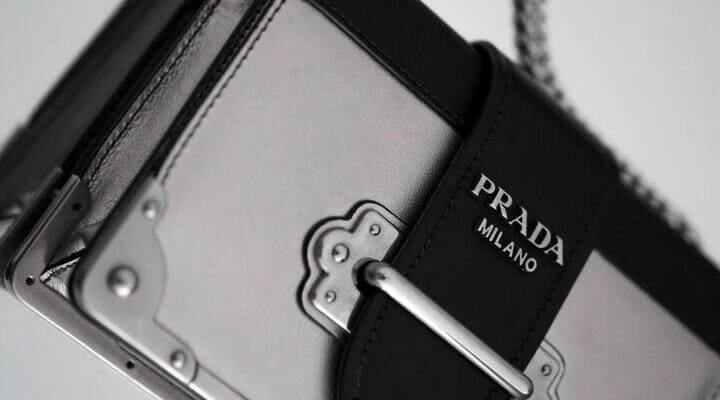In the 1970s, a granddaughter of the founder, Miuccia Prada, took control of the group and orchestrated its diversification, particularly in terms of ready-to-wear. The success is rapid and immense. The group is now known around the world and clearly oriented towards luxury and the very high end, especially since the release of The Devil Wears Prada in 2003.
The group is listed on the stock exchange but still, a large majority (80%) is owned by members of the Prada family.
In 2011, Prada saw its turnover exceed 2 billion euros. In 2018, it exceeded 3 billion euros, symptomatic of uninterrupted dynamic growth. In 2019, the group reported a turnover of 3.3 billion, with a profit of 255 million euros. It is the world's leading Italian group in the luxury market.
Here we draw up a SWOT analysis of this international group.
Strengths
The main strengths of Prada are:
• Notoriety and brand image. The group benefits from more than a hundred years of experience, a good brand image, a family image of a group far from the tensions and scandals linked to fashion that regularly erupt.
• High-end positioning. Prada is resolutely oriented towards luxury and upscale, which maintains its fine brand image.
• Renewal of collections. The collections are updated regularly (without falling for the fast-fashion led by Zara!). Which maintains the interest of consumers and potential buyers and creates great brand dynamics.
Weaknesses
• A very traditional image (Prada, for example, did not remove the black display mannequins who were caricatured or conveyed racist images from their windows until 2018!).
• Use of animal leathers, rare and controversial (Prada announced in 2020 that they would stop using kangaroo leather for its models, after years of pressure).
• Strong presence in Asia: for several years the group has recorded its best growth rates in Asia. The area has been particularly affected by the COVID crisis, and the impact has, therefore, been significant for Prada.
• “Not essential” positioning. Luxury goods, leather goods and perfumes are considered by most consumers as non-essential goods. These can easily be reduced or removed in the event of declining purchasing power, economic or financial uncertainty, as is currently the case for many households following the COVID crisis.
Opportunities
The main opportunities that can benefit Prada are as follows:
• Digitization process. Although the company has not had a significant online presence, Prada has continued its digitalization in recent years. Even though online sales remain confidential in terms of overall revenue, they are growing in excess of double digits, witnessing sustained demand. This could offer Prada new distribution channels and new growth drivers.
• Resumption of activity and travel. In the fall of 2021, the COVID crisis slows down, economic activity resumes, as well as private and business travel. This represents great sales opportunities for the group in its various countries of operation.
Threats
The main threats currently hanging over Prada are as follows:
• COVID crisis. The COVID crisis has negatively impacted the income and amounts available for the expenditure of many households. This is felt in the markets linked to household consumption. In addition, travel is greatly reduced, which leads to a decrease in purchases made in European capitals, at airports, while traveling, etc. Finally, the COVID crisis has created disruptions in supply chains, and not all of them have yet been resolved.
• Massive digitalization. The COVID crisis has pushed many players to go digital, improve their online presence, and develop their digital stores. However, luxury is suffering from these new uses, with most consumers looking for a specific and individualized customer experience, especially when purchasing a luxury product.
• Ecological and environmental pressures: for several years, the use of leather and animal abuse has been increasingly criticized, particularly under the impetus of the vegan movement, which advocates the absence of the use of animals in our food consumption or clothing. This can have a negative impact on the group whose leather is a central element, a real asset and a trademark.
Prada has been strongly impacted by the crisis linked to the coronavirus, in particular, due to lockdowns and store closures. In the fall of 2021, the situation appears to be normalizing, and Prada should quickly return to growth. The group is the spearhead of Italian luxury, thus seems to have many good years ahead of it.









